Ghost OG (aka Ghost OG Kush)
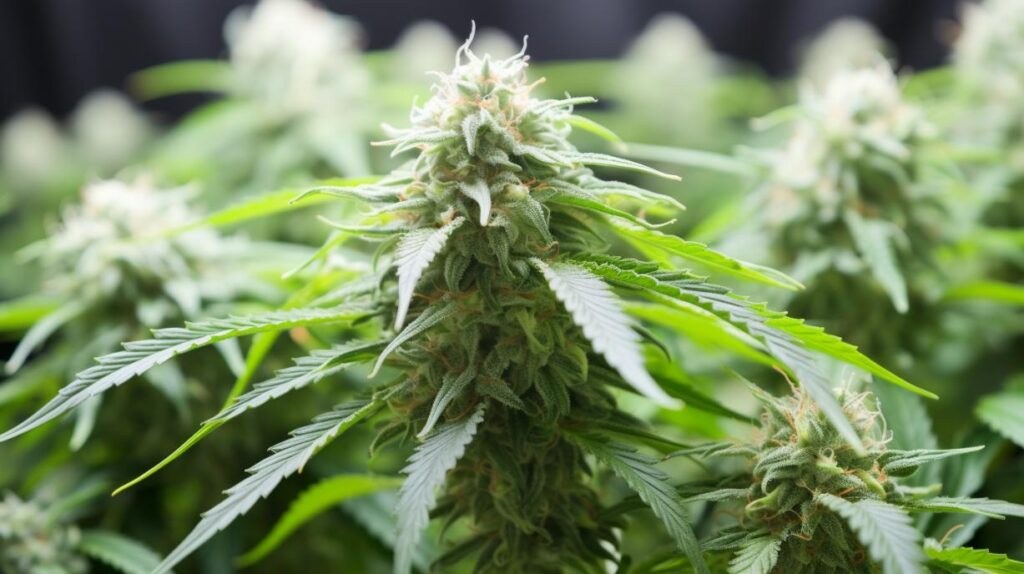
The Ghost OG strain, a notable member of the cannabis pantheon, has garnered attention for its distinct genetic composition and the ensuing effects that have been reported by users. As an indica-dominant hybrid, the provenance of Ghost OG can be traced to a cross between the venerable Afghani Indica and the ubiquitous OG Kush, contributing to its robust and multifaceted profile.
With a THC content that may range significantly, it provides a spectrum of experiences, from the soothing to the invigorating, which has piqued the interest of both recreational users and medical patients. The intricate flavor profile, characterized by a complex blend of citrus and pine with underlying pungent notes, further enhances Ghost OG’s allure.
While its popularity continues to grow, the nuances of its effects, potential therapeutic applications, and its place within the broader context of cannabis research present fertile ground for a more rigorous exploration. What remains to be discussed is not only the subjective experiences of those who have encountered Ghost OG but also the scientific scrutiny it has undergone to substantiate the anecdotal claims.
Genetic Lineage
Tracing the genetic lineage of Ghost OG reveals a complex tapestry woven from the threads of diverse cannabis strains. The foundational OG Kush, with its multi-continental roots, is a significant contributor to Ghost OG’s genetics. OG Kush itself boasts ancestry from the Hindu Kush mountains, Lemon Thai, and Chemdawg. Additionally, the enigmatic influence of Triangle Kush and Nepalese genetics further adds to the genetic makeup of Ghost OG.
This confluence of genetics has contributed to the emergence of Ghost OG, a hybrid with a balanced composition—60% indica and 40% sativa. The genetic lineage of Ghost OG is marked by a hybrid vigor that brings forth a symphony of effects. These effects oscillate between calming and energizing, showcasing the influence of both indica and sativa strains in its genetic makeup.
The duality of Ghost OG’s effects is a testament to its inherited indica strains like Afghani, known for relaxation, and sativa strains such as Hawaiian and Thai, which are often associated with uplifting sensations. The terpene profile of Ghost OG is equally diverse, with Limonene, Myrcene, Linalool, Caryophyllene, and Pinene infusing the strain with its signature citrus, pine, and pungent notes.
Understanding the genetic lineage of Ghost OG is crucial, as it underpins the strain’s potency, aroma, and therapeutic potential. This knowledge empowers consumers to tailor their choices to their individual needs and preferences, ensuring a personalized cannabis experience.
THC/CBD Content
Boasting a high THC content that typically ranges from 18% to 24%, Ghost OG is a strain renowned for its potency and minimal CBD presence, which is not typically reported in lab data. This robust THC/CBD content profile marks Ghost OG as a cannabis strain for those who prioritize the psychoactive experience associated with tetrahydrocannabinol (THC). The elevated THC levels are indicative of the strain’s capacity to deliver potent effects, which may include euphoria, relaxation, and potential therapeutic benefits for certain medical conditions.
The scarcity of CBD-related data implies that Ghost OG’s CBD content is likely negligible. This minimal CBD presence suggests that the strain may not be the best choice for those seeking the non-psychoactive, medicinal properties commonly attributed to cannabidiol (CBD). Instead, the focus on THC potency makes Ghost OG a candidate for users seeking strong psychoactive outcomes or those with a higher tolerance for THC.
Analytically, the THC concentration in Ghost OG positions it as a powerful player among cannabis strains, one that delivers a significant impact with its high-THC experience. Its chemical makeup is tailored for enthusiasts and patients with specific needs that align with the effects driven by THC dominance.
Terpene Profile
While the high THC content of Ghost OG underscores its psychoactive potency, the strain’s terpene profile, featuring limonene, myrcene, linalool, caryophyllene, and pinene, plays a pivotal role in defining its unique aroma and enhancing its therapeutic potential.
Limonene, with its bright citrusy scent, is not just an olfactory delight; it is recognized for its ability to alleviate stress and anxiety, showing promise as an antidepressant and an anti-inflammatory agent. This terpene also exhibits antioxidant properties, which can contribute to the strain’s purported anti-cancer benefits.
Myrcene, another dominant terpene in Ghost OG’s profile, brings forth a sedative quality that helps in muscle relaxation and pain relief, making the strain particularly beneficial for those seeking anti-inflammatory effects. Its presence is also associated with antioxidant and anti-ulcer capabilities, which may further broaden the strain’s therapeutic applications.
The linalool terpene adds a sweet, floral essence to Ghost OG, enhancing its calming effects. It may prove advantageous in treating mood-related disorders due to its potential as an anti-convulsant and sedative.
Meanwhile, caryophyllene and pinene contribute to the strain’s overall aromatic complexity and are known for their anti-inflammatory and analgesic properties, rounding out Ghost OG’s diverse terpene profile and unique flavor.
Effects
The Ghost OG strain exhibits a potent blend of effects that both soothe and elevate, beginning with a deep sense of calm that effectively eases stress and anxiety.
This indica-dominant hybrid is renowned in the cannabis community for its capacity to induce relaxation without overwhelming sedation, making it a favorite among users seeking therapeutic relief. The tranquility it provides is often accompanied by a cheerful euphoria, gently lifting the spirits of users and promoting a positive mood.
Analytically, Ghost OG’s effects on appetite stimulation are noteworthy, as it can lead to an increase in hunger, commonly referred to as the munchies. This is particularly beneficial for individuals dealing with appetite loss due to medical conditions or treatments. Moreover, the strain’s sedative qualities become more pronounced with higher dosages, which can assist those with sleep disorders in finding restful slumber.
However, the effects of Ghost OG are not devoid of potential drawbacks. Some users may experience dryness of the mouth and eyes, which are manageable but common side effects associated with cannabis use. In rare instances, the strain can induce feelings of paranoia, especially in those who are new to cannabis or predisposed to anxiety. Therefore, it is advisable to consume Ghost OG with caution and awareness of one’s individual response to its potent effects.
Medical Uses
Recognizing the therapeutic potential of Ghost OG, medical patients have found solace in its diverse applications for treating various ailments. This indica-dominant hybrid is praised for its potent analgesic properties, which can be instrumental in managing chronic pain. Its calming effects on the nervous system may also alleviate symptoms of anxiety and stress.
The sedative qualities inherent in Ghost OG make it a possible candidate for those suffering from insomnia, assisting users to find restful sleep. Additionally, its ability to induce appetite can benefit individuals experiencing a lack of hunger due to medical treatments like chemotherapy.
However, it is essential to consult with a health professional before using Ghost OG for medical purposes, as individual responses to cannabis can vary. Below is an analytical summary of medical uses associated with the Ghost OG strain:
| Condition Treated | Potential Benefit of Ghost OG |
|---|---|
| Chronic Pain | Provides pain relief |
| Anxiety & Stress | Reduces symptoms |
| Insomnia | Promotes better sleep |
| Lack of Appetite | Stimulates hunger |
The application of Ghost OG should be approached with caution and responsibility, ensuring its usage aligns with the guidance of a qualified health professional.
Flavor and Aroma
Delving into the sensory attributes of Ghost OG, one encounters a flavor profile dominated by invigorating citrus and pine notes, complemented by an earthy pungence that adds considerable depth. The crystal-covered buds of Ghost OG are a feast for the senses, not only visually striking but also rich in complex olfactory nuances. Renowned for its potent and alluring scent, this strain stands out in any cannabis connoisseur’s collection.
Consider the following characteristics when exploring the flavor and aroma of Ghost OG:
-
Citrus and Pine Dominance: The initial taste is marked by a pronounced citrus tang, immediately followed by the refreshing essence of pine.
-
Zesty Aroma: A zesty citrus scent defines the aroma, offering a sharp and invigorating olfactory experience, with pine notes providing a fresh and clean backdrop.
-
Earthy Undertones: Upon consumption, a pungent earthiness emerges, grounding the brighter flavors and contributing to the overall complexity of the strain.
-
Balanced Sensory Profile: The interplay between the sharp citrus, the crisp pine, and the rich earthiness results in a well-rounded and enjoyable flavor and aroma experience.
Analyzing Ghost OG’s flavor and aroma reveals a meticulously balanced bouquet, where each note is carefully layered to create a sophisticated symphony for the palate and nose.
Appearance
Upon visual inspection, Ghost OG weed strain presents a kaleidoscope of colors, with buds that showcase a striking interplay of green, yellow, and purple hues, enveloped in a frosty layer of trichomes that highlight its potent nature. This marijuana strain’s aesthetic is not just a feast for the eyes but also a testament to its quality.
The trichomes, tiny crystalline structures, are not merely ornamental; they are the carriers of THC, CBD, and other cannabinoids that define the strength and essence of Ghost OG. As such, the more pronounced the trichome coverage, the more potent the strain is likely to be.
The appearance of Ghost OG is further accentuated by its dense and compact structure, which suggests a high resin content—a desirable attribute for both connoisseurs and cultivators. Each bud is often festooned with vibrant orange pistils, which weave through the foliage like threads of saffron. The rich tapestry of colors and textures makes the Ghost OG strain visually stunning and hints at the complex genetic lineage it inherits.
Critically, the overall appearance of Ghost OG speaks to its efficacy as a premium marijuana strain. Its visual appeal is not only indicative of its potency but also serves as a promise of the sensory experience it holds within.
Grow Information
For cultivators seeking to maximize the potential of the Ghost OG strain, understanding its optimal growing conditions is essential to producing a bountiful harvest of its highly resinous buds. This sought-after variety, known for its potent effects comparable to strains with similar effects, requires specific attention to detail in its cultivation process.
Here is a concise overview of the essential grow information for Ghost OG:
-
Climate: Ghost OG prefers a warm, dry climate with abundant sunshine when grown outdoors. Maintaining low humidity is crucial to prevent mold or pest infestations.
-
Indoor Control: When cultivated indoors, maintain a consistent temperature range of 68-80°F and regulate humidity levels to 40-50% during the flowering stage for optimal growth.
-
Flowering Time: This strain has a moderate difficulty level and flowers within 8-9 weeks. Patience during this period is rewarded with a high yield of dense and sticky buds.
-
Cultivation Techniques: Employ pruning and topping methods to encourage bushy growth, improve light distribution, and enhance air circulation. This not only prevents common fungal issues but also supports the development of the plant’s robust colas.
Adverse Effects
While the cultivation of Ghost OG requires particular care to yield its sought-after buds, it is equally important for consumers to be aware of its potential adverse effects. Like many cannabis strains, Ghost OG is not without its drawbacks, and understanding these can enhance its safe and effective use, particularly in medical applications.
The most common adverse effects include dry mouth and dry eyes, symptoms often associated with cannabis use due to its impact on salivary glands and tear production. To mitigate these discomforts, hydration is key, and the use of eye drops is recommended.
Moreover, while the medicinal benefits of Ghost OG are lauded, some users may experience mental discomfort such as paranoia. This is particularly true for novices or when consumed in unfamiliar settings. Therefore, the recommendation is to use Ghost OG in a safe, stress-free environment to minimize such reactions.
Additionally, certain individuals might notice a temporary dizziness or lightheadedness upon intake, suggesting a cautious approach to dosing, especially for those new to cannabis.
Lastly, an increased appetite, colloquially known as ‘the munchies,’ can result in overeating. Users with dietary concerns should plan accordingly to avoid unintended snacking.
Being cognizant of these adverse effects allows for a more controlled and enjoyable Ghost OG experience.
Comparisons with Similar Strains
Exploring the cannabis landscape, Ghost OG’s distinct combination of calming effects and aromatic profile can be paralleled with strains such as Tahoe OG and SFV OG, which also offer strong indica-dominant relief. These strains share a lineage that promotes a heavy body high, making them suitable for similar medicinal and recreational uses.
-
Tahoe OG and SFV OG: These strains are celebrated for their similar effects to Ghost OG, particularly their capacity to induce a profound body high and relaxation, ideal for evening use or to counteract insomnia.
-
Chemdawg and Gorilla Glue #4: For users who prioritize THC potency akin to Ghost OG, these strains are noteworthy for their robust cannabinoid profiles and their intense, long-lasting effects.
-
Lemon OG and Pineapple Express: Fans of Ghost OG’s citrus and pine notes may find these strains’ flavor profiles appealing, with their own unique twists on fruity and refreshing terpenes.
-
Blue Dream and Granddaddy Purple: Carrying the torch for stress and anxiety alleviation, these strains are known for their therapeutic effects that mirror the tranquility provided by Ghost OG.
In the quest for a strain with similar therapeutic qualities, it’s essential to consider both the potency and the terpene composition, as these factors greatly influence the overall experience and benefits derived from each strain.
Research and Studies
Building on the discussion of Ghost OG’s similarities with other cannabis strains, recent scientific research has begun to unpack the therapeutic potential of its terpene profile, revealing insights into its anxiolytic and analgesic properties. Studies have identified the presence of limonene in Ghost OG, a terpene known for its citrusy aroma, which has demonstrated anti-stress and anti-anxiety effects in animal models. This terpene’s potential anti-inflammatory properties also add to the strain’s therapeutic repertoire.
Adding complexity to Ghost OG’s profile, myrcene, which is also prevalent in the strain, shows promise as a sedative and muscle relaxant. Research in animal studies supports its use in reducing inflammation and managing pain. Linalool, another terpene found in Ghost OG, is recognized for its calming effects and potential benefits in treating mood-related disorders such as depression and anxiety, as well as inflammation and pain.
The subtler notes of caryophyllene and pinene contribute to Ghost OG’s distinctive aroma and are also being studied for their possible anti-inflammatory and analgesic effects. While the research is promising, it’s important to note that these findings should not replace professional medical advice.
Comprehensive understanding of Ghost OG’s full potential requires continued research and studies, which could pave the way for more targeted therapeutic applications.
History and Origin
Tracing its lineage back to the esteemed OG Kush, Ghost OG emerged as a distinct phenotype after being selectively bred in the unique climate of the Pacific Northwest. This particular strain has carved out a reputation among cannabis enthusiasts for its potent effects and complex aroma profile.
The history and origin of Ghost OG are not only rooted in its genetics but also in the environmental factors that have shaped its development over the years.
Here is a concise breakdown of its history:
-
Progenitor: Ghost OG is a descendant of the original OG Kush, inheriting its robust genetic foundation from Josh D’s iconic strain.
-
Regional Adaptation: While flourishing in the Pacific Northwest’s climate, Ghost OG acquired distinctive attributes, including more pronounced buds and a nuanced flavor spectrum.
-
Naming Legacy: The ‘Ghost’ moniker was inspired by the friend who returned the evolved cutting to its cultivator, Josh, adding a layer of mystique to its backstory.
-
Epigenetic Evolution: Over twenty years of regional cultivation have led to epigenetic changes in Ghost OG, further differentiating it from its progenitors and enhancing its unique qualities.
Analyzing the history and origin of the Ghost OG strain reveals a complex tapestry of genetics, cultivation, and branding that intertwines to define its current status as a sought-after variety in the cannabis market.
Frequently Asked Questions
Is Ghost OG Indica or Sativa?
When assessing whether a strain is indica or sativa, factors such as terpene profile, cultivation tips, and strain popularity are considered. An analytical review suggests this strain exhibits a majority indica heritage with calming effects.
What Is the Difference Between OG Kush and Ghost OG?
The OG Lineage Debate often centers on phenotype variations and cultivation differences, such as those between OG Kush and Ghost OG, which manifest in distinct THC levels, bud sizes, and flavor profiles.
Is Ghost OG Good for Sleep?
The efficacy of a cannabis variety for sleep may hinge on its cannabinoid profile, terpene benefits, and consumption methods. These factors collectively influence the strain’s ability to promote relaxation and somnolence.
What Are the Parents of Ghost OG Strain?
The genetic mysteries of the strain in question arise from its clone history, which suggests a lineage of Afghani Indica and OG Kush, despite phenotype variation that fuels debate regarding its precise parentage.

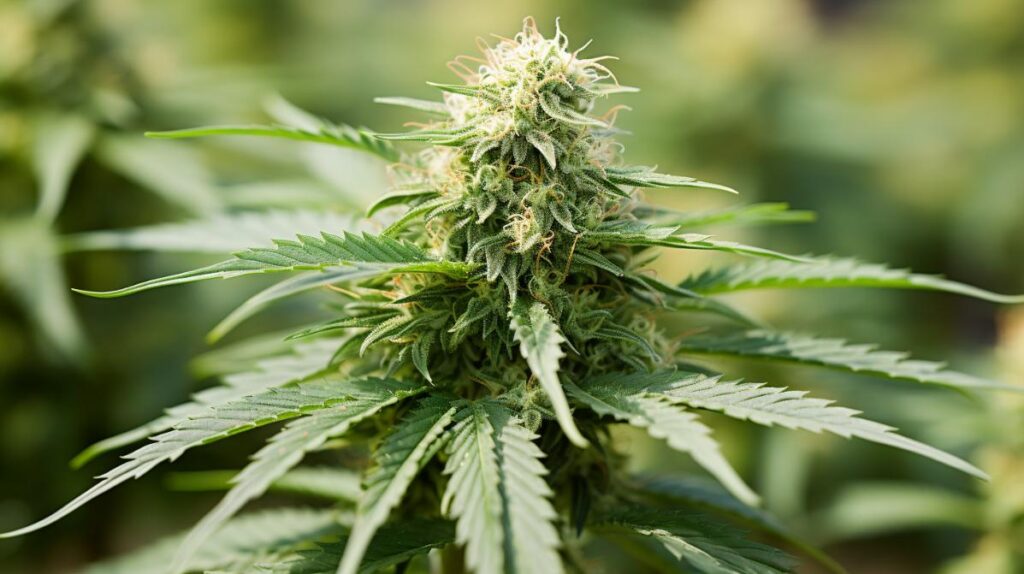
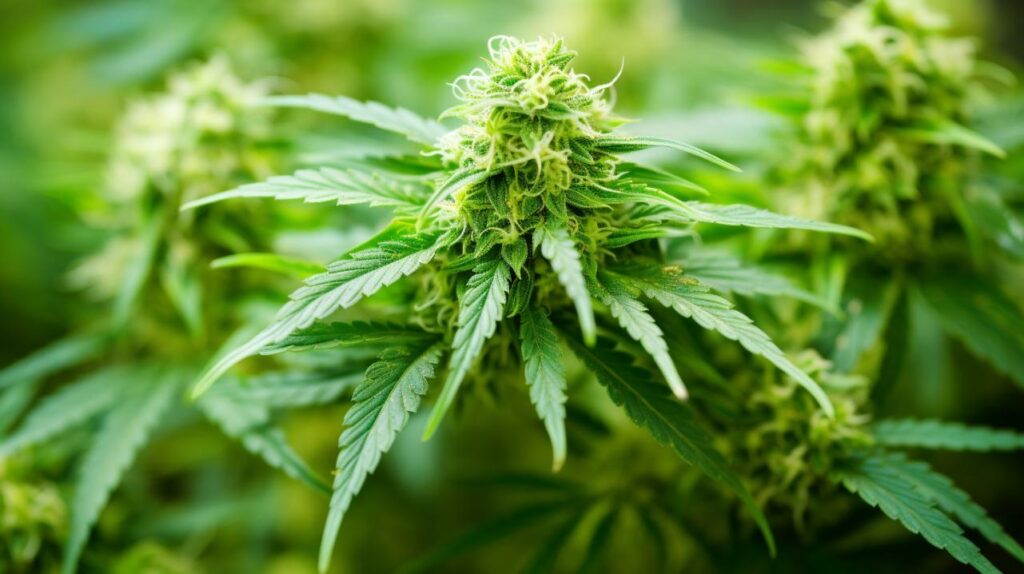
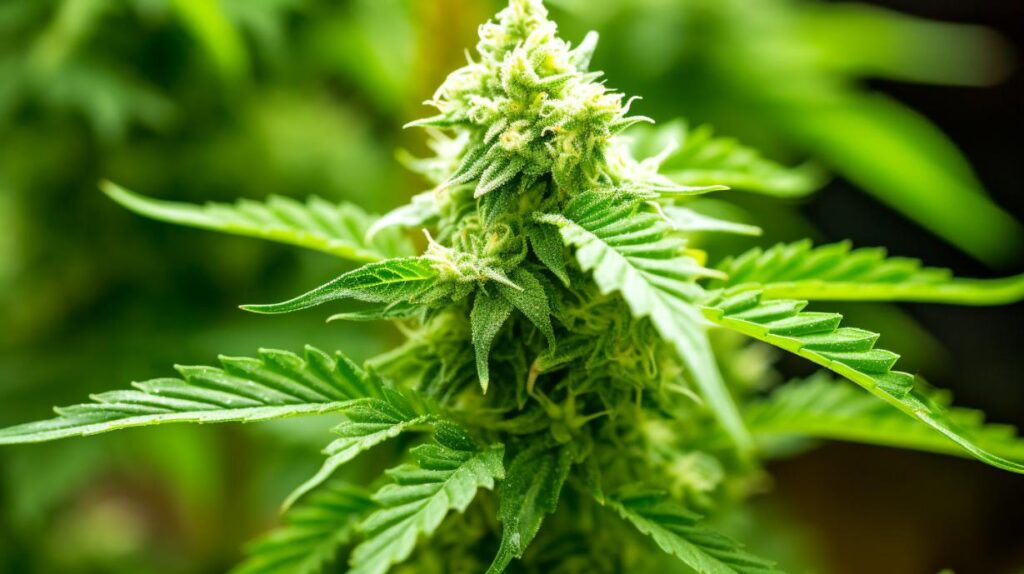
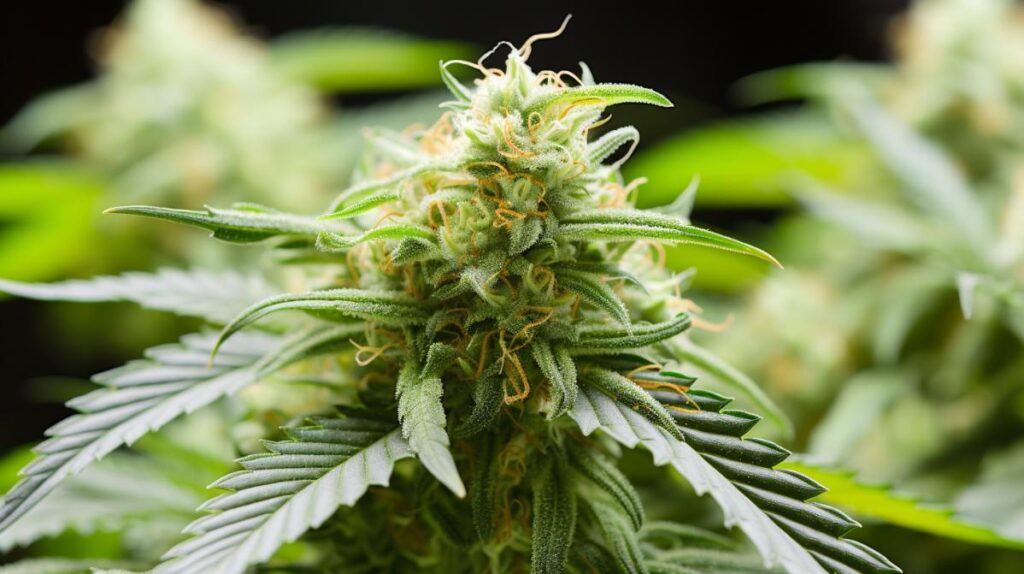
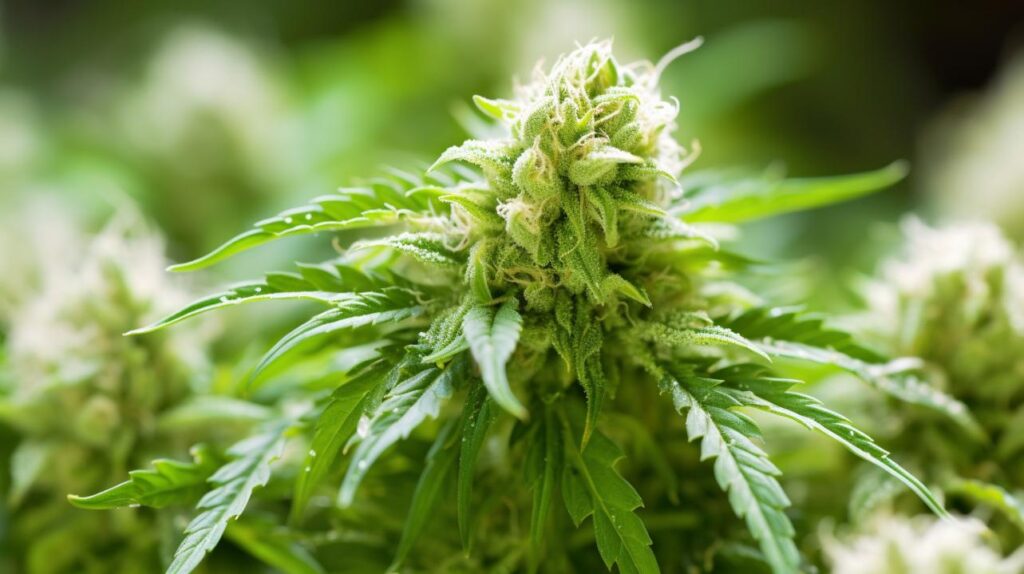

Responses